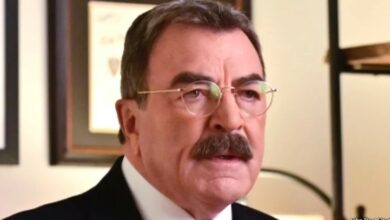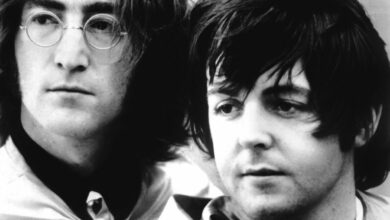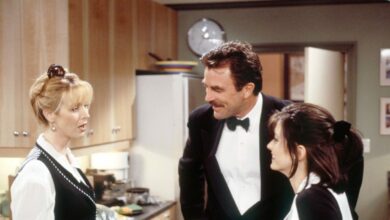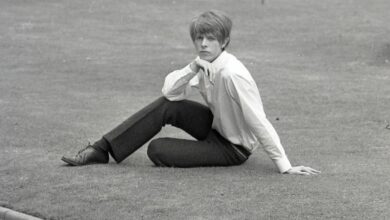The first record Paul McCartney ever bought
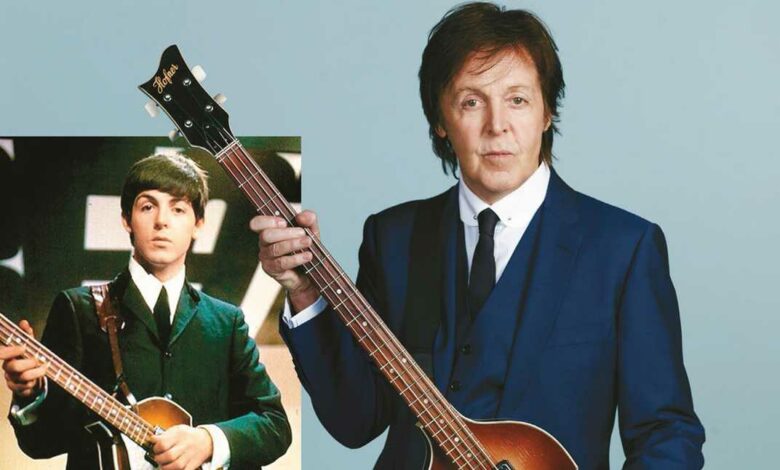
In 2020, Paul McCartney made the curious decision to issue out a voice recording on Record Store Day. He decided to pay tribute to a recording that was decades old, but carried a sense of weight and purpose to it that merited its importance. And no, it wasn’t a Wings track.
“Hello music lovers,” he said. “This is Paul McCartney speaking to you with his voice. The song that I would most like to post to the 6Music listeners is ‘Be-Bop-A-Lula’ by Gene Vincent. Now this is the first record I ever bought when I was a kid, and I saved up my pocket money for months, and then I took the bus downtown to the record shop, and I remember going into the back of the shop and listening to the record and loving it.”
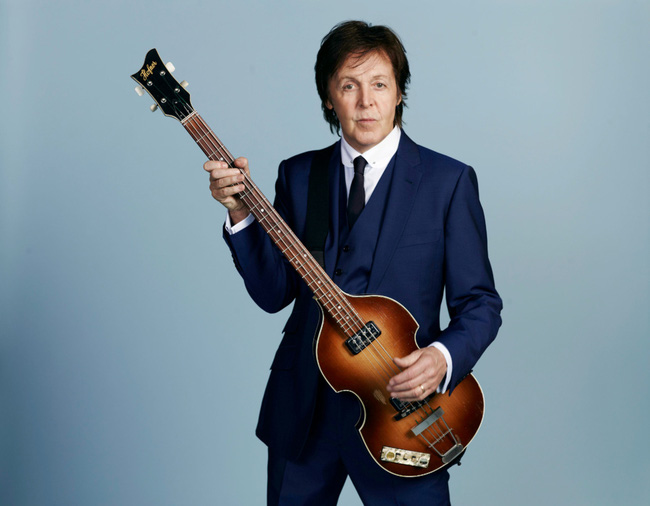
For those who are too young to remember it, which is basically all of us, ‘Be-Bop-A-Lula’ started something of a revolution when it was released in 1956. Sporting the voice of a teenage idol, it offered audiences a new form of expression, at a time when they were recuperating from the traumas of the Second World War. Rather than advocate for prosperity, ‘Be-Bop-A-Lulu’ overflowed with excitement, giving listeners the excuse they needed to put on their dancing shoes, and jive.
By the standards of rock, Vincent’s tune was a basic affair, but that was the nature of skiffle-rock, which was geared towards a teenage listenership. What it lacked in technical acumen, it more than made up in energy, and the chorus-riotous, and performed with a certain passion for music-revelled in spontaneity and creativity. Vincent was 21, which made him someone the 14-year-old McCartney could aspire to be. As it happens, he never became Gene Vincent, but instead transformed into the second-best thing: Sir Paul McCartney.
And with its rockabilly-flavours and air of defiance, the tune was a favourite of John Lennon’s, a rag-tag musician who had assembled a group of fellow players to form The Quarrymen. Impressed by McCartney’s musical abilities, he invited the guitarist to join the band in 1957, who in turn, invited school-friend George Harrison into the inner circle. Harrison was a finer guitar player than McCartney, which made him a shoo-in for lead, while McCartney finessed his harmony vocals off Lennon. When the time came to recalibrate the band into something more prescient, Lennon asked college pal Stuart Sutcliffe to join on bass, while McCartney sought out Pete Best, a percussionist who had his own kit.
We can skip the next side of their history, you have The Anthology documentary in your collection, but the tune never left Lennon’s side, and he duly recorded it as part of the Rock ‘n’ Roll set in 1975. Bolstered by years of experience, Lennon offers a vocal that’s more worldly than Vincent’s, although he does acquiesce to the excitement to unleash a series of shrill screams, each one more vibrant than the one that came before it. McCartney followed suit in the 1990s, recording a slower, more thoughtful rendition of the tune for his Live On MTV Unplugged album.
Unlike Lennon’s more ornate version, this recording honoured the aesthete of the 1956 original, by recording the tune on a collection of pastoral instruments. The focus is on the voice, not the Fenders, in this situation.
Elated by the results, McCartney opted to record Run Devil Run in the manner Vincent had done. “The week before, Ian asked co-producer Chris Thomas ‘Any idea what songs we’re going to do, just so I can do a bit of homework?’ I said no: ‘No homework on this project. I really wanted this to be fresh – like it was at the Cavern.’”

“We’d spend 15, 20 minutes top whack, and everyone’d go yeah, got it,” McCartney elaborated. “Then we’d go to our instruments, I’d go to bass and singing, and we’d just try it. It’s a bit ropey at first; second take it gets better. We’d do a couple of takes and say okay, that’s it. Then we’d leave it, not even listen to it. Yeah, right; next song … and I’d go back to my envelope. ‘Anyone know ‘No Other Baby?’ No, right, here’s how it goes … and as we were doing it, I thought God, I haven’t done this since I was 14. And I got the same feeling back.”
Would The Beatles have existed without Vincent? That’s almost too moot a question to put forward. There were other rock records out there that excited the band. But the fact that the two Beatles songwriters returned to the Vincent opus at differing points of their lives shows that it clearly had an effect on them, and by recording it in their own distinct manner, were putting certain perspectives to rest. It was all there in the magic words: “Be-bop-a-Lula she’s my baby.”

